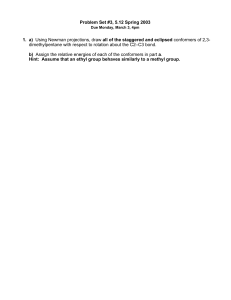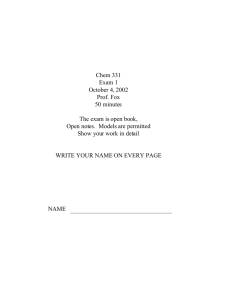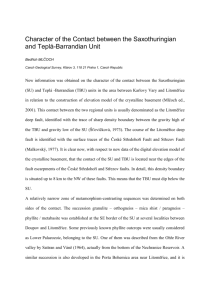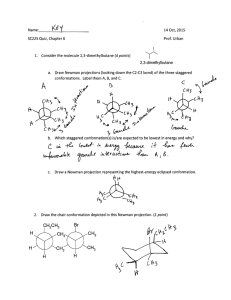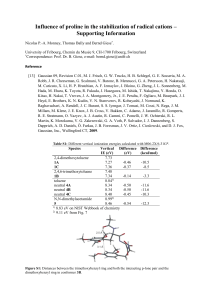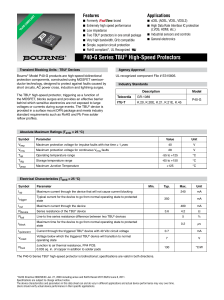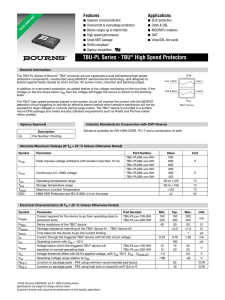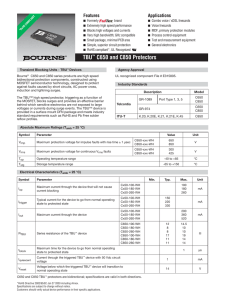Problem Set #3, 5.12 Spring 2003 1. a) b)
advertisement
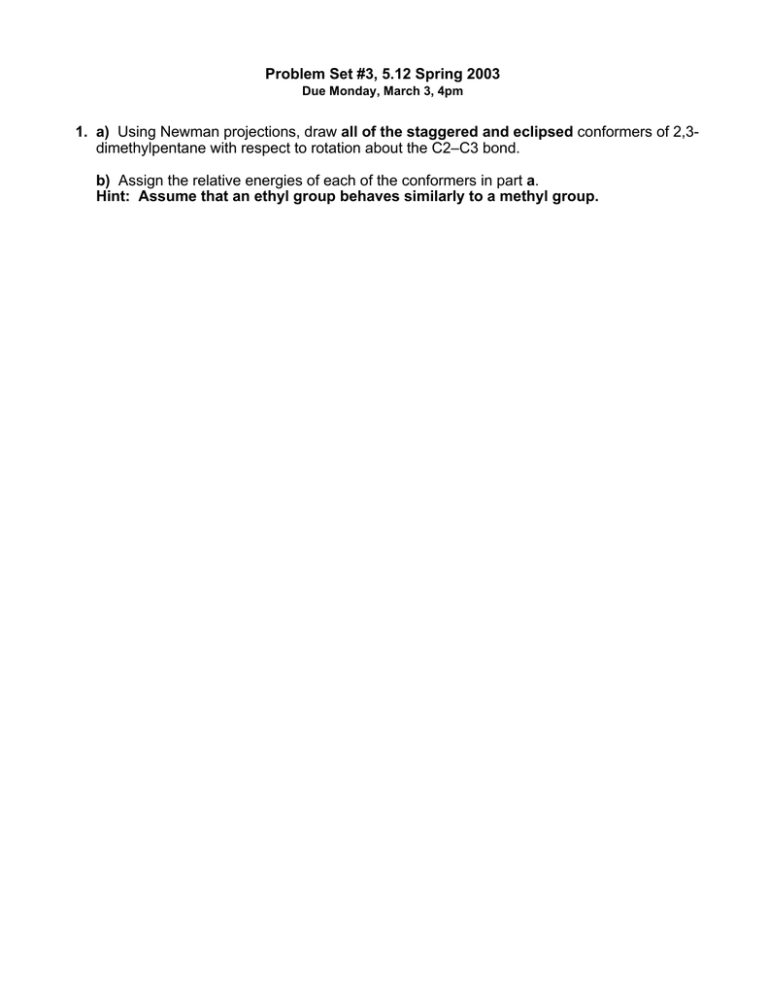
Problem Set #3, 5.12 Spring 2003 Due Monday, March 3, 4pm 1. a) Using Newman projections, draw all of the staggered and eclipsed conformers of 2,3dimethylpentane with respect to rotation about the C2–C3 bond. b) Assign the relative energies of each of the conformers in part a. Hint: Assume that an ethyl group behaves similarly to a methyl group. c) Starting with the highest energy eclipsed conformer, draw a potential energy diagram for a 360° rotation around the C2-C3 bond of 2,3-dimethylpentane. 9 8 Erel (kcal/ mol) 7 6 5 4 3 2 1 0 60 120 180 240 300 Dihedral Angle d) What is the barrier to rotation around the C2-C3 bond of 2,3-dimethylpentane? 360 2. You learned in lecture that cyclopentane prefers to adopt a low-energy envelope conformation. What you didn't learn is that mono-substituted cyclohexane derivatives favor the envelope that puts the substituent (X) at the "flap" of the envelope (A) rather than at the "base" (B). H HH H X H H HH H H H H H HH A (more stable) X H H H B (less stable) Draw Newman projections along the indicated bonds in A and B. Use these Newman projections to help you explain the energy difference between the two. 3. For each of the following, draw both possible chair conformers, and circle the the one that is preferred. a) Me Me Me Br b) Me c) NC Et 4. As you would expect based on A-values, cis-1-tert-butyl-4-methylcyclohexane prefers the conformation in which the tert-butyl group is equatorial (eq 1). A related molecule, cis-5-tert-butyl-2methyl-1,3-dioxane, prefers to put the tert-butyl group axial (eq 2). Use what you know about the conformational analysis of cycloalkanes to explain this apparent contradiction. H H tBu H Me H (eq 1) tBu Me preferred H O H O Me H tBu Me (eq 2) O H O tBu preferred
